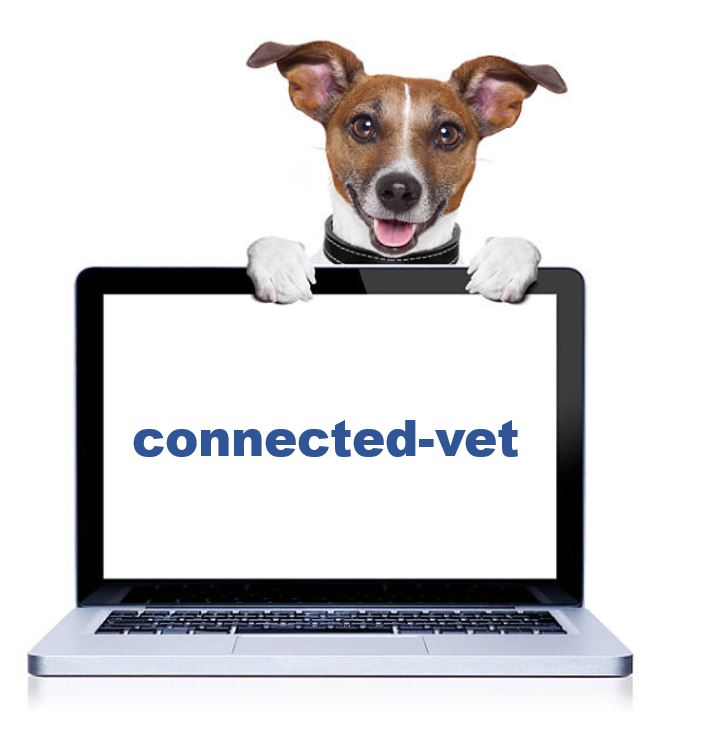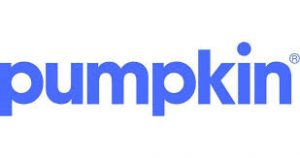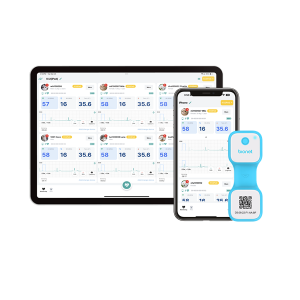September 15, 2025
Relief medicine offers flexibility and autonomy, but it also comes with recurring challenges: Chief among them is documentation. For many relief veterinarians, medical recordkeeping is a persistent bottleneck that adds unnecessary mental strain and eats into already limited time.
Relief vets are expected to produce clear, complete, and timely records while working in unfamiliar systems. Each clinic has its own standards, software, and preferences. We’re often asked to meet those expectations while adjusting to new workflows, team dynamics, and full caseloads. That pressure affects everything from clinical decision-making to mental health.
Just like a tidy spay incision is one of the only visible markers of surgical quality, the clarity and completeness of medical records are often the only ways practices can evaluate the performance of relief veterinarians. Even the most personable, clinically skilled relief vet won’t be invited back if their notes don’t meet the minimum standards to protect the hospital from liability.
Over the years, I’ve tried everything. I’ve tried copying past notes, building templates, using text expanders, and asking technicians to transcribe exam details. Some tools helped in specific settings, but none worked consistently across clinics. Even though I type 120 words per minute, the real barrier wasn’t transcription. It was the cognitive load of remembering and articulating every clinical detail, in the right format, at the right time.
I needed a tool that stayed out of the way, ensured accuracy, and helped me complete notes on time. One that could capture the minutiae (“Was it the third digit or the fourth? How big was that mass?”) without letting anything slip. I needed something that integrated into my workflow rather than adding to it. An artificial intelligence (AI) scribe filled that gap.
Relief work demands adaptability, especially with documentation. Every clinic has different expectations for what constitutes a complete medical record. If we’re not prepared, those differences can add friction to an already demanding day.
AI scribes help by adapting to each clinic’s documentation style and structure, producing accurate and detailed notes without requiring extra effort. Consistency matters. It ensures the medical director, the next vet, and the support team can all understand what happened and why. I no longer have to memorize each clinic’s idiosyncrasies because the scribe handles formatting and organization, letting me stay focused on patient care.
When I step into an ongoing case, the AI-generated summaries help me catch up quickly, even in high-volume settings. And when it’s time to hand off a case, I know the notes will be clear, well-structured, and helpful, which reduces guesswork and miscommunication for whoever takes over next. Staff can follow discharge instructions without hunting me down for clarification, which cuts down on callbacks and keeps things running smoothly after I leave.
Bridging the communication gap
In relief work, the person reading your notes tomorrow is rarely the one you spoke to today. That makes clarity essential for both clinical continuity and client communication.
AI-generated notes follow a consistent structure that makes it easier for other vets to review the patient’s history and continue care without confusion. Discharge instructions can be auto-drafted using the clinical information already in the record, saving time and increasing accuracy.
Support staff benefit, too. When instructions are clear, the front desk and technicians don’t have to interpret or fill in missing information. That reduces medication errors and follow-up calls, ensuring better continuity of care.
Some platforms go a step further with easy-to-read summaries for pet owners that include visuals and simple explanations of diagnosis, treatment, and home care. Having that kind of clarity built in reflects well on the relief vet, enhances the clinic’s reputation, and, most importantly, empowers clients to follow through confidently to the benefit of our patients.
Let’s be clear: AI scribes don’t make clinical decisions; they generate drafts. I remain responsible for accuracy, and I always review each note before it’s finalized. Sometimes I adjust a phrase or add a detail, but the workload is significantly lower than writing from scratch.
Research in both human and veterinary medicine has shown that ambient documentation tools improve efficiency and reduce burnout. I’ve seen those benefits firsthand as a relief vet, and I continue to be surprised at all the ways that using an AI scribe makes my relief practice more sustainable.
Where AI scribes help most
In my daily work, I rely on my AI scribe to do the following:
- Create consistent, readable records that align with each clinic’s style and workflows
- Summarize prior visits to streamline ongoing case management
- Improve client communication with autogenerated discharge instructions
- Provide metrics on caseloads and documentation trends
- Offer clinical support through integrations such as the Sophie AI deep research tool
As a result, my quality of life and quality of care have significantly improved. I can leave a clinic knowing I left clear, structured notes for a smooth patient handoff to the next care provider. I don’t have to worry about using new or unfamiliar software from clinic to clinic. And I can take a break without feeling like I might be falling behind. My AI scribe gives me peace of mind that I can no longer practice without.
Source : https://www.dvm360.com/view/ai-provides-relief-for-the-relief-veterinarian
Katherine Reardon, DVM, is a practicing relief veterinarian and lead veterinarian at ScribbleVet, an AI scribe service for veterinary professionals. She leverages her experience across diverse clinics to design prompts and fine-tune tools for clinical accuracy, driving real-world AI scribe adoption in veterinary practice.







